Welcome back to the third update of the Monthly Produce Challenge! If you’re just joining us, you may want to head on over to THIS post first to get all the details of the challenge. Then come back and find out what the vegetable of the month is and get started adding variety to your family’s diet.
The point of this challenge is essentially to become better at giving our families a variety of fruits and vegetables. Sometimes I think we get stuck buying the same foods over and over, but our bodies crave a variety of foods for optimal health.
Other reasons to do this challenge are to save money by eating in season and to discover new ways to enjoy foods that we might normally shy away from.
March’s Veggie: Collard Greens
In March, my family incorporated collard greens into a couple of our meals. We tried these greens as a wrap, in soup, and added to rice.
 Why Collard Greens?
Why Collard Greens?
My family eats a lot of spinach and spring lettuce, so I figured that adding collard greens wouldn’t be too difficult. Also, I had never bought them nor tried them in my life.
My Inhibitions About Collard Greens
Because I had never tried collard greens before, I wasn’t so sure how to add them to our diets. I also had no idea if I or anyone in my family would enjoy them as I prepared them.
How I Used Collard Greens in Our Meals & My Family’s Honest Opinions
We ate collard greens in four different meals in March. I shied away from any recipe where I had to saute them, but if you like sauteed greens definitely look for those recipes.
Turkey Collard Wraps

I was surprised that none of my kids complained about this meal. My girls were actually eating the collard greens more than the other food that was in their wrap. Weird? My husband didn’t try them because he got home late and ate leftovers. I liked them, but I prefer eating a wrap that is in a tortilla.
Collard Greens Soup
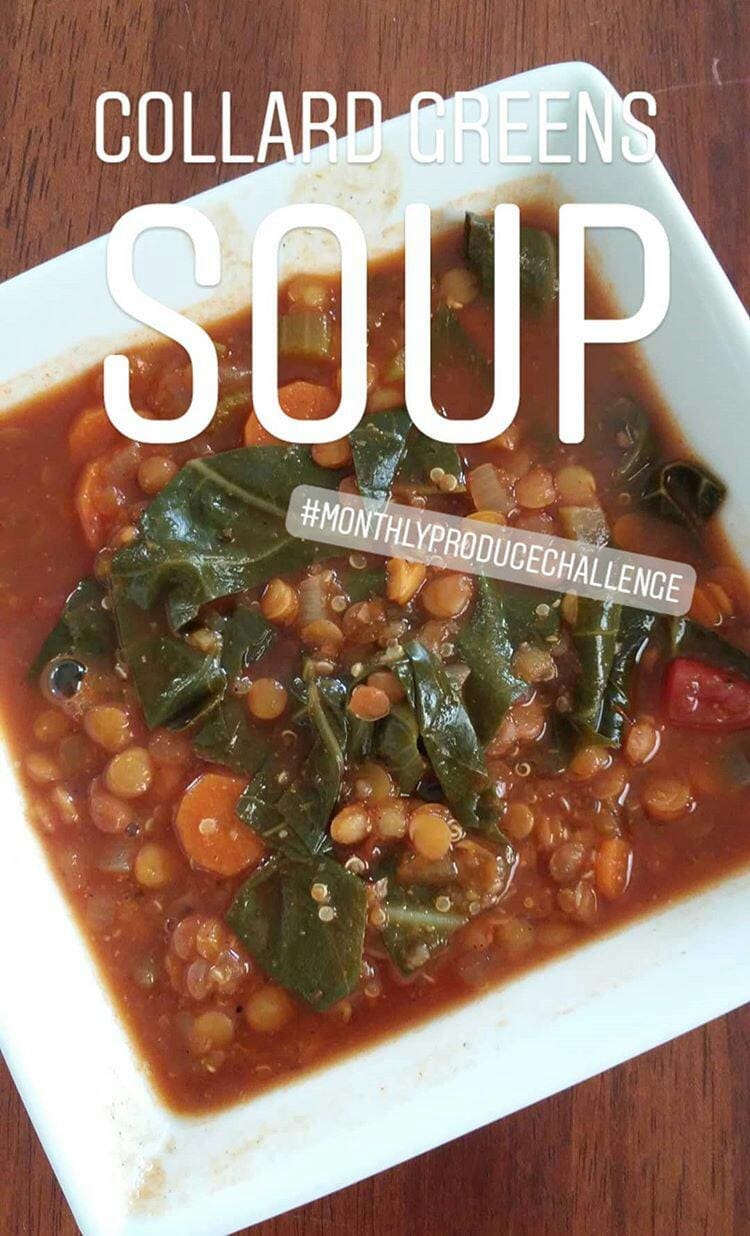
My hopes were really high for this soup in terms of taste and getting my kids to eat it. Unfortunately, it fell a little flat in taste, even though there are several spices in it. If I were to make this again I would use stock instead of water to make it more flavorful. I was worried that my husband would complain about it being too healthy, but he ate it like a good boy. 😉 My kids, however, wouldn’t really touch it. I assume it was because of the collard greens. I bet I could’ve added a little sour cream or cheese and maybe even some croutons to make it more appealing to my kids.
Black-Eyed Pea Soup with Collard Greens and Sausage
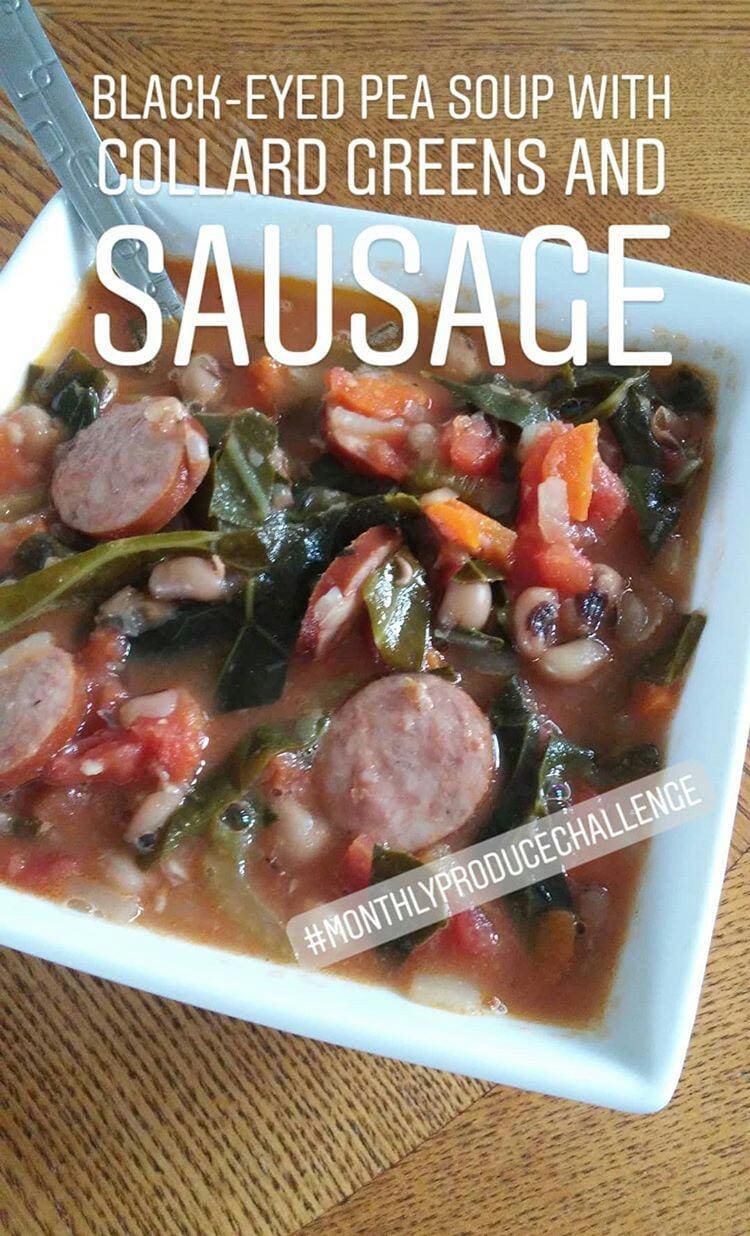
My kids were picky about this soup because of the collard greens, so they really only ate the sausage. When I fed it to them as leftovers, I just left the greens out so they would eat more. I figured the greens left some nutrients in the soup and they’d at least get some nutrients that way. I also left them out of my toddler’s because I didn’t want him to choke on the greens. If I were to make this soup again for my family, I’d chop the greens into very small pieces.
Dirty Rice with Collards and Leeks
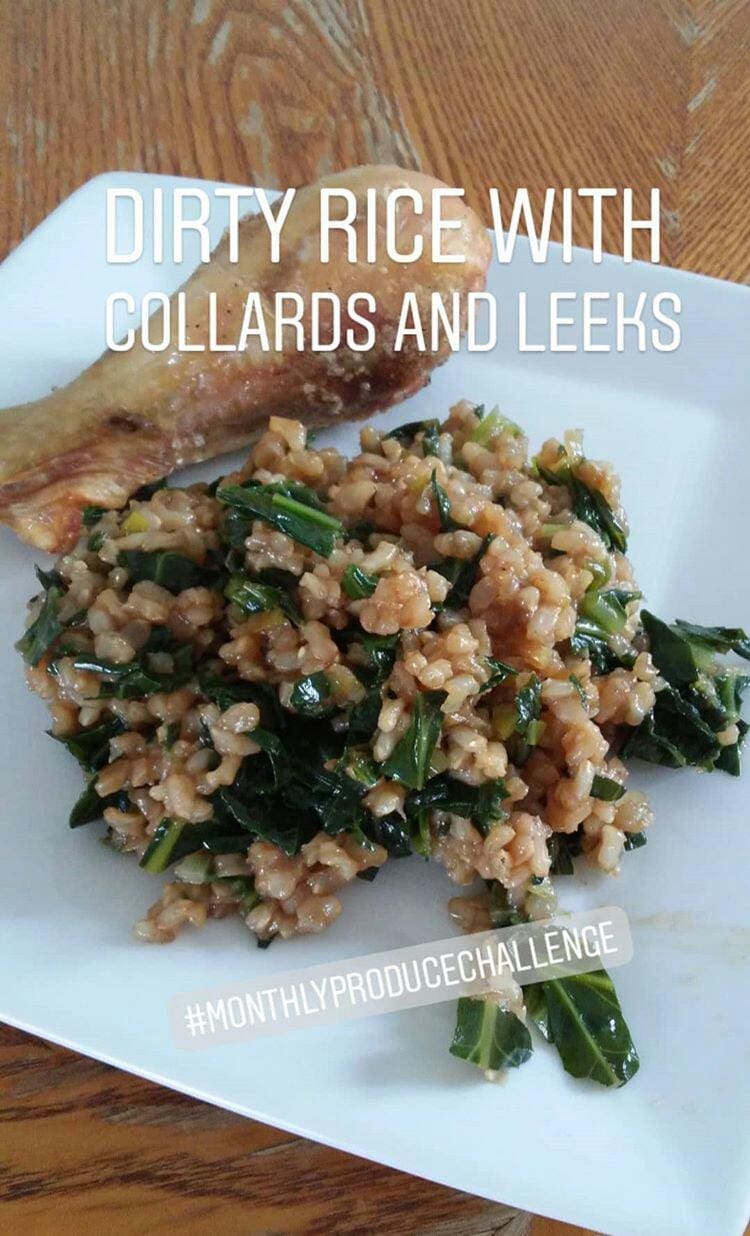
We ate the rice with chicken legs and a smoothie. My toddler and middle daughter actually ate the rice, but my oldest didn’t want to eat it all. My husband wasn’t a fan, and he normally loves chicken and rice. I’d say it was tasty but just too heavy for me.
How Much Do Collard Greens Cost?
Collard greens are priced by the bunch and they ranged in price from $1.28-$1.78 a bunch where I live (in March). I bought 3 bunches of collard greens for a total of $4.34 or $1.09 per meal.
Selecting and Storing Collard Greens
The best time to use collard greens is the first part of the year, January through April, since that is their peak season. When choosing a bunch of collard greens, look for leaves that are dark green without any yellowing.
You can take your collard greens home, wash them well and let them dry, and then store in a zip-top bag with a paper towel in the crisper. If you know how you’ll be using them, you may want to remove the tough stems before you store them. Eat your greens within 5-7 days.
 Preparing Collard Greens
Preparing Collard Greens
Depending on how you’ll be eating your collard greens, you probably want to remove the tough stems. To do that, lay a leaf flat in front of you on a cutting board and take a knife and cut along the outer edge of the stem to remove.
There are several ways you can use collard greens, including sauteed, raw in salad or as a wrap, in soup, or as an addition to omelettes, rice, or stir-fry. Truly, you can prepare them however you’d like!
Nutritional Benefits of Collard Greens
Collard greens are a great food to eat for antioxidants and to fight inflammation, which both decrease your risk for cancer. They’re also great for your heart and contain lots of fiber. For more nutrition benefits, head on over to this article on Dr. Axe.
April’s Veggie: Asparagus
We’re already heading into a new month, which means another new vegetable! In April, my family is going to be eating a lot of asparagus. We already like asparagus and eat it a lot while it’s in season, but the only way we’ve tried it is roasted. So we’re going to try it many other ways this month. Be sure to follow along on Instagram so you can see how we’re using asparagus this month.
Join the 12 Month Produce Challenge!
It's free and you'll get reminders to keep you on track. If you've been trying to give your family healthier food, this is the challenge you need! By signing up, you also agree to receive other emails from me.


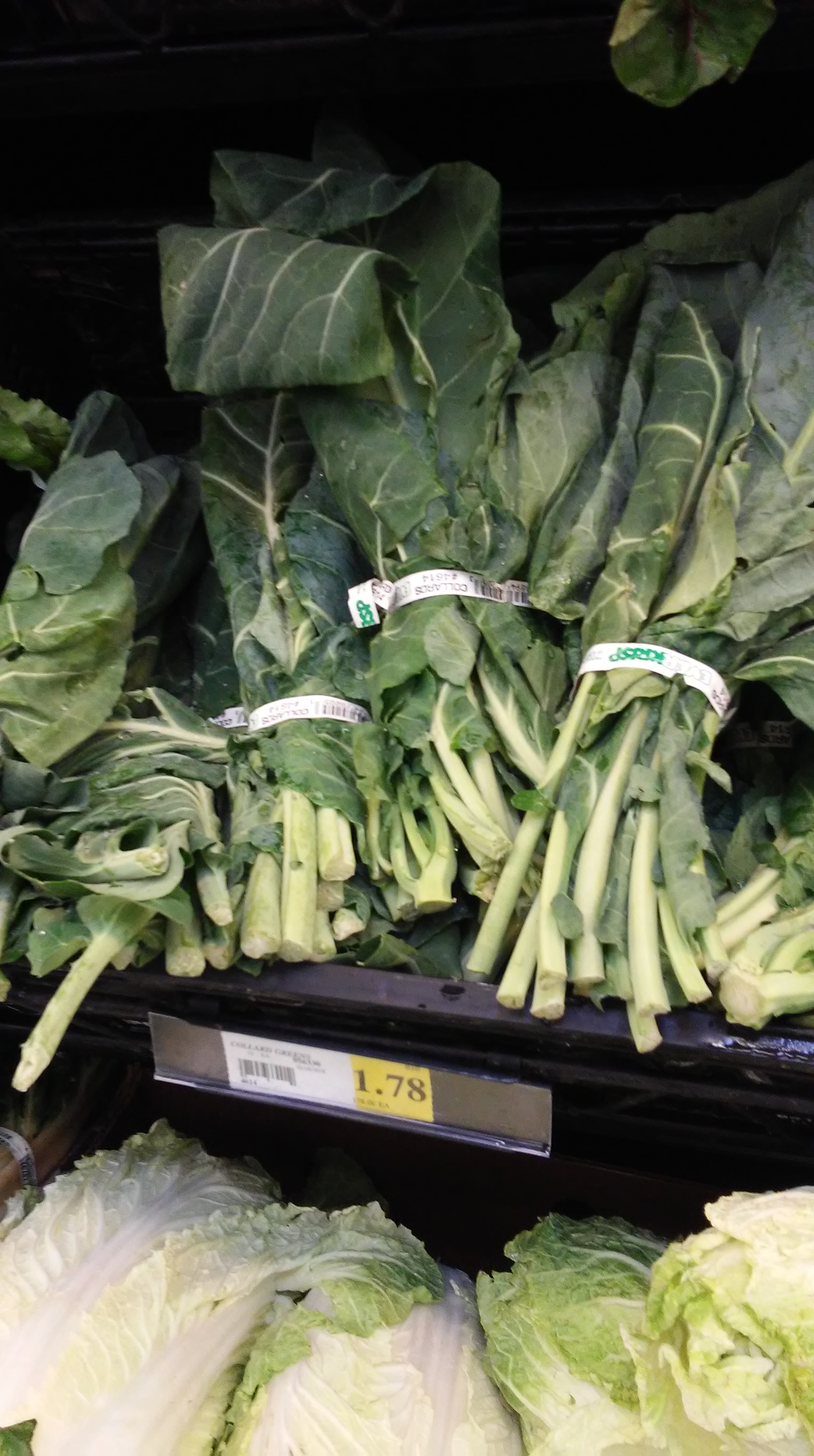
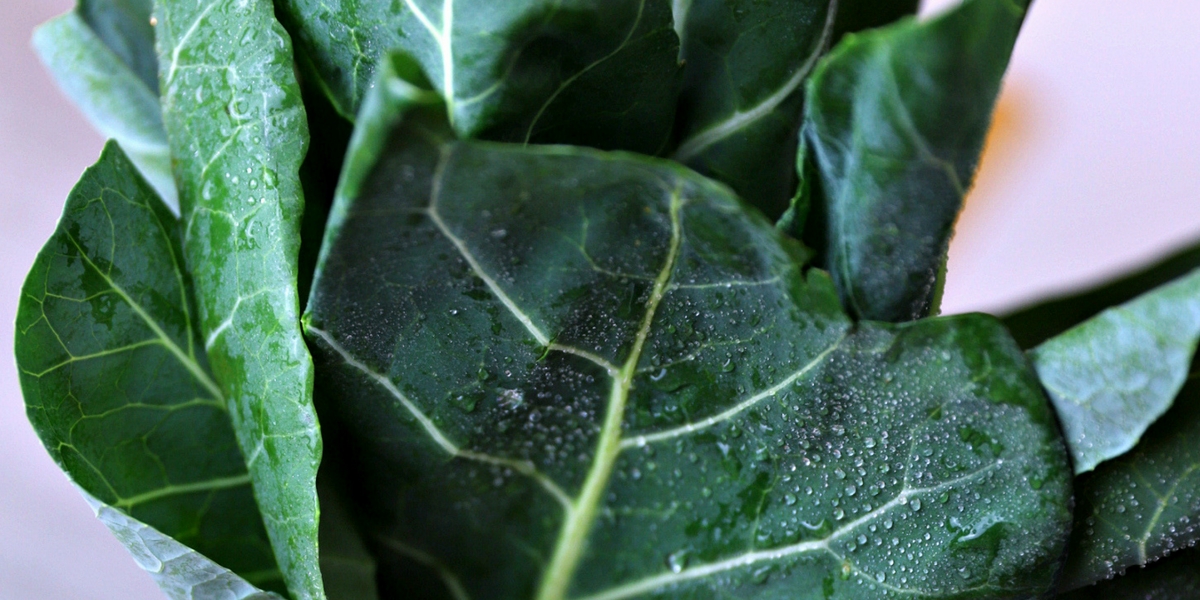
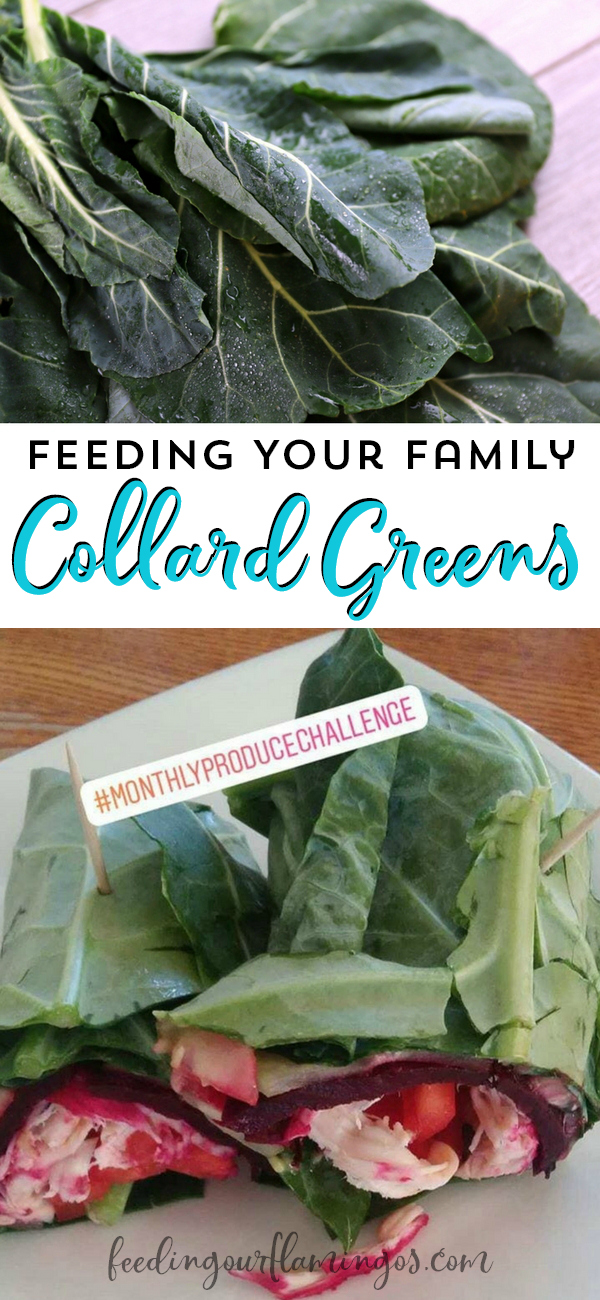
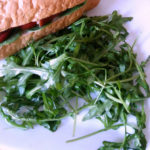

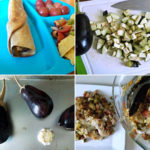

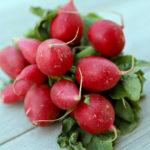

Leave a Reply